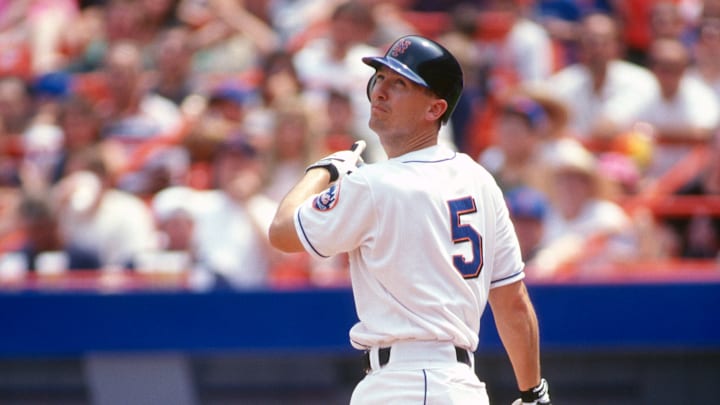2) Carlos Delgado
Carlos Delgado was a much different player than Olerud. A little bit ironic, he is the one who took over Olerud’s first base job with the Toronto Blue Jays. The two were teammates briefly in the early 1990s yet somehow ended up with similar paths and entirely different skills.
Delgado was a power hitting first baseman who, like Olerud, would make only two All-Star teams in his career. He did top 2000 hits and his 473 home runs put him just shy of the famed 500 Home Run Club. What if he was able to stay healthy for that final year with the Mets in 2009? In those 26 games, Delgado had 4 whilst coming off a year where he knocked 38 bombs. Asking for 27 more wasn’t too much of a reach.
Delgado was more than a slugger. A lifetime .280/.383/.546 slash line to go with it, he was a force at the plate in more ways than just swinging for the fences.
On his one and only Hall of Fame ballot in 2015, Delgado received 21 votes for a 3.8% of the available ones. The class featured four players getting in, including ex-Mets teammate Pedro Martinez, plus nine more who would get in later on. Mike Piazza at 69.9% was the one who just missed the cut.
